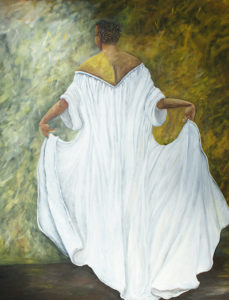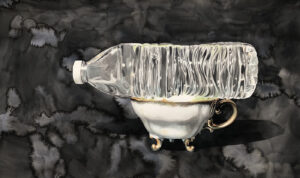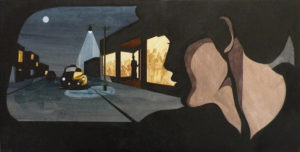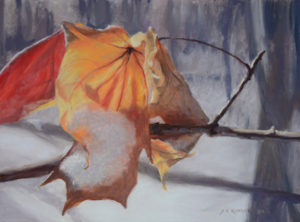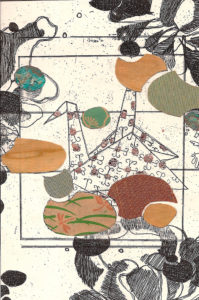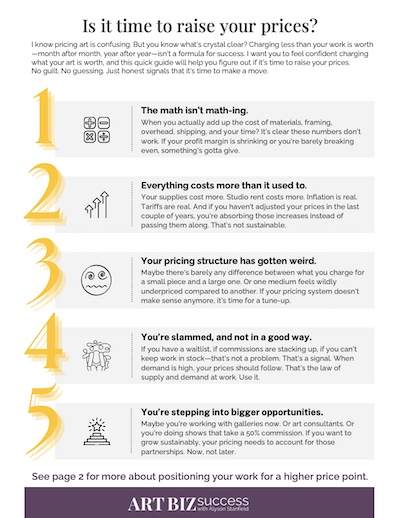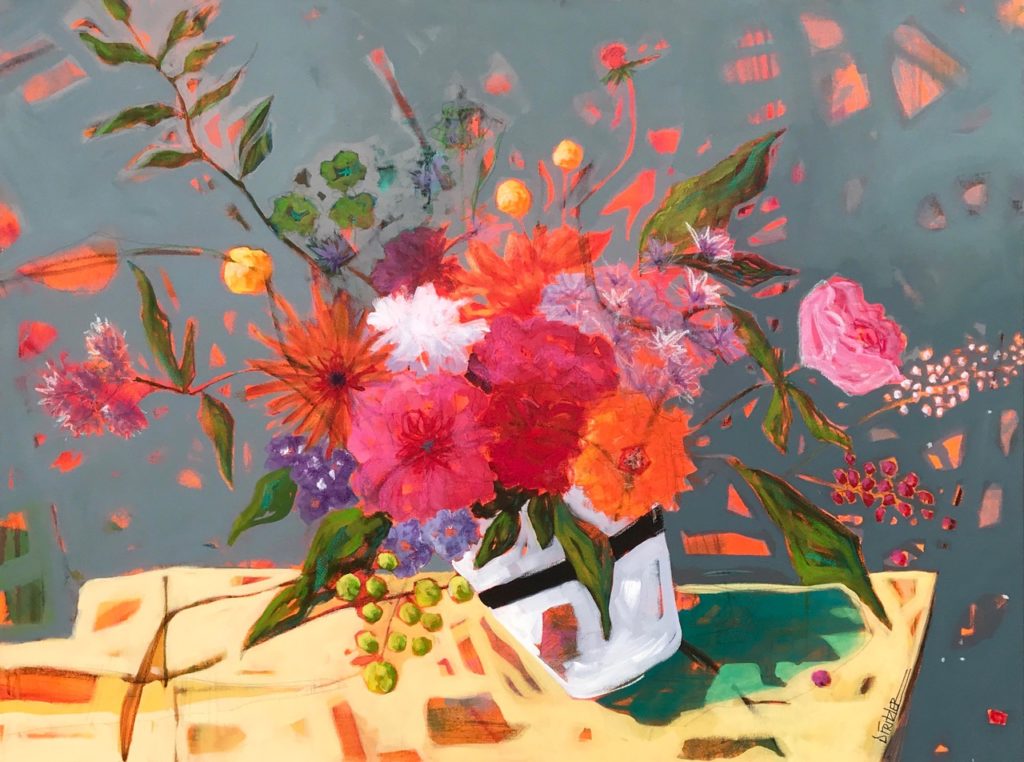
The Art Biz ep. 17: Transitioning to a Full-Time Artist: Dianna Fritzler
Over the past ten years I’ve watched Dianna Fritzler go from full-time artist to full-time marketing employee and back again. I had the pleasure of helping her a little along the way.
I wanted to share Dianna’s path so you can hear how she set a target and took deliberate and consistent steps to reach that target in a very short timespan.
During her first year back as a full-time artist, Dianna tested a lot of options for income and gained clarity on what she wants moving forward. And she missed her ambitious income goal by just 10%.
In this interview, you’ll hear Dianna reveal:
- The moment when she decided that her art could no longer play a secondary role in her life.
- The steps she took immediately that set her on the path to making her dream come true.
- The income streams she tested and what has worked (and not worked) for her.
- The vision she and her husband have for his future full-time role in her business.
- The amount of time she spends on business v. in the studio.
- How she structures her day to be most productive.
She also confesses just how worthless she is before her morning java and why she unapologetically embraces freeform Internet exploration in the mornings.
As you will learn, Dianna works her ass off. But her work brings her joy and she’s determined to succeed.
Please enjoy this conversation with Dianna Fritzler about transitioning to a full-time artist.
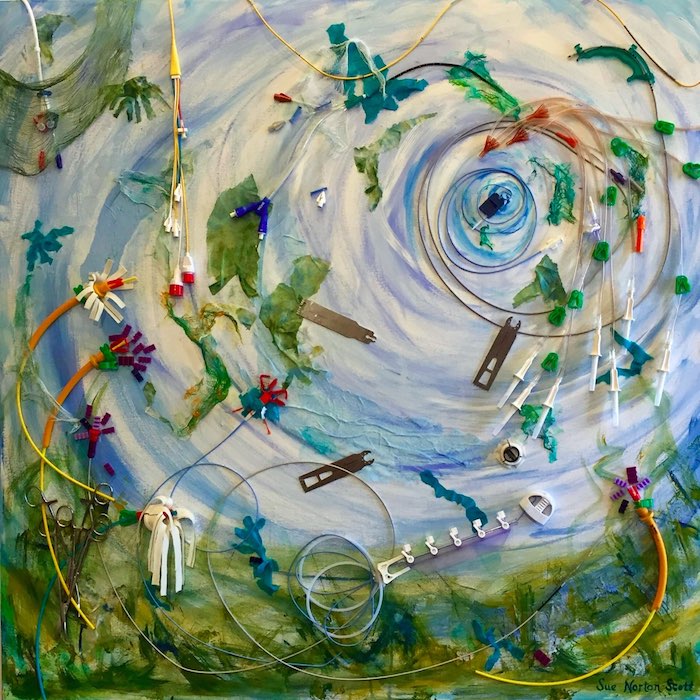
Good and Bad News: Your Work Is Never Done
Newsflash! You’re just getting started.
Whether you think this is good news or bad news depends on your disposition. Some people feel fulfilled and complete every day. I envy them.
I want more. Not more “stuff,” but more out of life. More experiences, more love, more friends, more cats. (Only kidding about that last one!)
I know it’s not fashionable these days to want more. “They” say I should be content where I am and live in the moment.
Can’t I want more and appreciate the present?
I have come to realize and accept that I will never be complete. I am just getting started.
My work is never done.
I will never feel like I’ve arrived. There will always be something more to look forward to, and new goals and dreams to pursue that are optimistic about the future.
This is different than being unsatisfied. People who are unsatisfied are negative, unhappy, and, often, annoying.
I’m satisfied because for me, satisfaction comes from a job well done: getting some exercise, cleaning out the garden, or ironing napkins for dinner guests (I know … ironing … weird, but true).
There is great satisfaction in taking the steps toward your vision and seeing each project to completion.
But the vision may shift, and the dreams will get bigger, which brings the next set of projects.
This is how I’m wired. I’ve been this way … um … forever.
I have come to embrace this part of my nature, and I’m happy and positive because I’m enjoying the journey. I can’t imagine a different perspective than the one ingrained in me.
This brings me to your life as an artist.
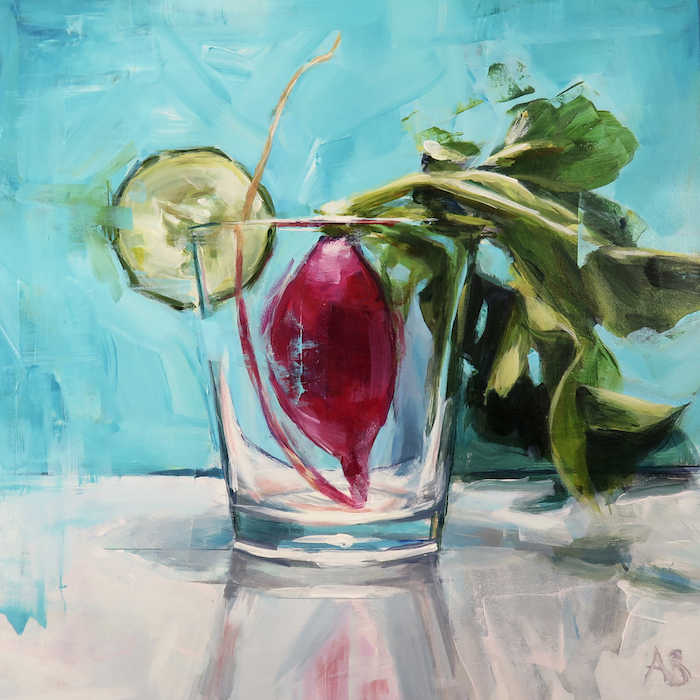
The Art Biz ep. 16: Overcoming a Major Setback: Annie Salness
Artist Annie Salness suffered a stroke almost 8 years ago. While many artists would have given up when faced with the trials Annie had, she met the challenge and kept moving forward.
It wasn’t the single challenge of learning to make art again with her non-dominant hand. Annie also had to relearn how to walk, speak, write, and drive. She’s one of the bravest and most determined people I know.
This is the story of a true artist – an artist who has something to say and is committed to making sure her voice is heard; her art seen.
In this interview, you will hear Annie talk about:
- Her rehab and the determination to paint again – even without the use of her dominant hand.
- The major obstacles she faces on a daily basis and how she overcomes them.
- How she continually challenges herself (and why laughter is the best remedy to the frustration).
- Her teaching and “watch me paint” sessions.
- Why she wouldn’t want to return to her old self before the stroke.
It wasn’t easy for Annie to share her journey – many people in the same situation would have thought this process of being a guest on a podcast would be too taxing. But Annie celebrated it as yet another hurdle that would contribute to her recovery.
I hope you’re as inspired by Annie’s story as I have been over all these years. She is, without a doubt, one of my heroines.
Please enjoy listening to this conversation with Annie Salness.
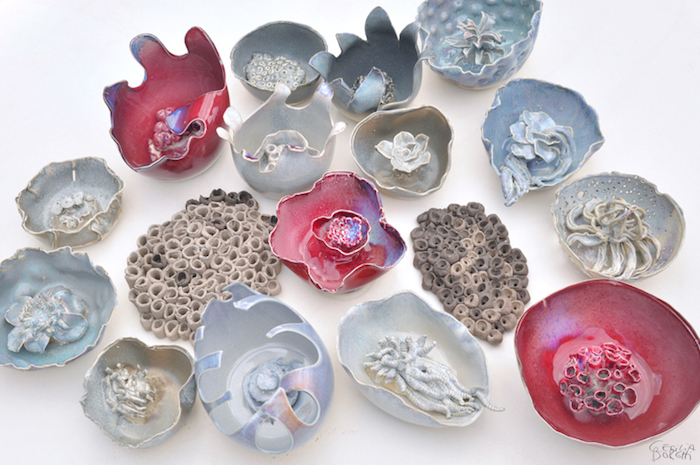
Sifting Through Noise that Throws You Off Course
I’ve taken great pride in the fact that I’ve written a weekly newsletter since March 30, 2002 without ever missing an issue.
It’s a story I’ve recounted repeatedly. Until now. I skipped last week’s (April 26, 2018) edition – on purpose.
I did it because I want to own a better story.
I don’t want to be known as the woman who wrote a weekly newsletter for more than 16 years.
I want to be known as the woman who changed the lives of artists for the better. I had to let go of the old story in order to make room for something better.
It’s a Noisier World
When my newsletter started, there were no other weekly newsletters to help artists with their businesses. There were probably others that were less frequent, but I don’t believe they lasted.
There was no Art Biz Blog, which kicked off on November 30, 2004. I remember spelling b-l-o-g for my workshop attendees before explaining such a foreign concept to them. Can you imagine?
There was no Facebook, Twitter, Instagram, YouTube, or Pinterest in 2002. No podcast, webinars or Facebook Live.
I had to describe to my artist-followers (in painstaking detail) how to listen in on a teleseminar by simply dialing on their phones. You would have thought I was giving them directions to Mars.
Remember those days? Man, I’m feeling old right now (but can we agree to refer to me as “seasoned” rather than using the o-word?).
The world is noisier today, and you are more tech savvy than you ever thought you’d have to be (or ever wanted to be). You have loads of information at your fingertips, which presents a different problem.
With so much knowledge available, it’s difficult to discern what’s critical from what is noise that will throw you off your path.
What you need instead of more emails is

The Art Biz ep. 15: Confronting Your Professional Legacy: David Paul Bayles
Last fall I received an email from David Paul Bayles, who was a member of my class at the time. The email read, in part:
Recently The Bancroft Library at UC Berkeley (third largest special collections library in the U.S.) created The David Paul Bayles Photographic Archive to create a home for my life’s work.
I am driving down to meet with them on Monday to place a large number of prints and oral history audio files into the Archive.
Whoa. How cool is that? A major institution deemed David’s work worthy of saving forever – all together under a single roof.
After peppering David with questions, I knew that his was a story that needed to be shared with you.
I have been concerned about artists’ legacies and what they are doing to prepare themselves and their loved ones for their passing. What happens to the work and the records after they’re gone?
In this episode of the Art Biz Podcast, David tells us what his professional archives consist of, including his photos, writings, records, and audio files.
He also gives us insight into the process of negotiating with the Library – fascinating stuff. And, yes, it includes lawyers.
Of course, we also talked about his art and why he chose to focus on photographing trees throughout his career. A better way to frame the question is how the trees chose him.
And we ended with a discussion of David’s next big goals. What comes after finding a permanent home for your entire life’s work? For David, it’s an artist residency and a traveling exhibition.
As you listen, pay careful attention to all of the people David has connected with along the way. His story is one of finding and nurturing connections.
And it all started with a fire …

Dysfunctional v. Healthy Artist Organizations
I’ve been encouraging artists to join artist organizations for my entire career, but the truth is that not all organizations are created equal.
And before you go thinking that you should start your own, let me say this: the world does not need more artist organizations. The world needs better artist organizations – organizations with powerful visions and commitment to serving their artists.
To be clear, I’m not talking about organizations for hobbyists. Those serve a separate and noble purpose, which is fodder for another article.
When you are trying to earn money from your art … when you aim for professional status … you need a higher level of support.
I think this is why Art Biz Coach has been so successful – because we fill a void. We support artists in classes like Magnetic You (starting soon!) and the Art Biz Inner Circle.
Healthy organizations aren’t my competition. We’re all here to elevate the status of artists while helping you lead healthy, productive lives. We’re stronger together.
With that said, here are some thoughts that might help you decide whether or not an organization is right for you.
Profile of a Healthy Artist Organization
Structure & Leadership
The organization has written guidelines, policies, and procedures – and follows them. You know know what is expected of you and what you can expect from the organization.
The organization plays a valuable role within the larger art community. In other words, it’s not an island operating by itself.
Meetings
Meetings are




